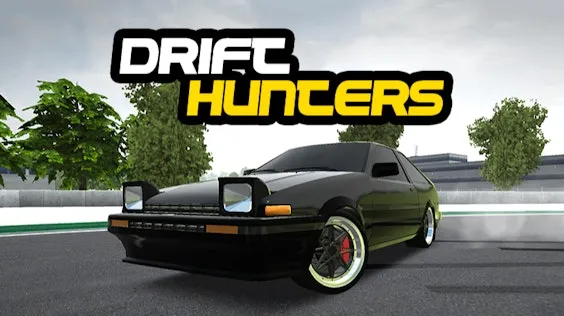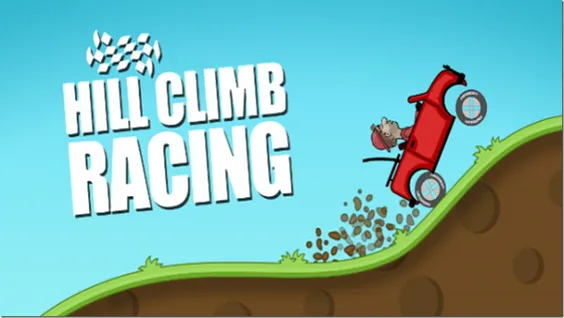short kick
Short kick is a thrilling track in Polytrack featuring sharp turns and rapid elevation changes, perfect for testing your racing skills and precision.
v2KAzh2byRHIrl2YrB4pdTQueGEGGGIs95UkAhYFQIxEwfA7AsTNLOE8jYrUpG9Z77cv0H0Zye013fG7Ghi4ikgQqTQO1IpIsSjxOipTiLiC6KdQJ218VrZ33k4iogQRSRvV35G0NqnNvTcjCvIqR2dmNabRpt7LL7yUdKrbeT80TLyaOI7GKZPhze4g0JydnOq0t8L2sc2xLPbh74f7pH8JVuRaO74PooFbyMGames You Might Like
short kick
Short Kick: A Detailed Overview of the Polytrack Racecourse
Welcome to the exhilarating world of racing in "Polytrack," where speed meets strategy on the meticulously designed racecourse known as "Short Kick." This track stands out not just for its challenging layout but also for the sheer thrill it provides to both drivers and spectators alike. As we delve into the details of Short Kick, we will explore its unique features, the driving techniques required, and what makes it a favorite among racing enthusiasts.
Track Layout and Design
The Short Kick racecourse is characterized by its compact and intricate design, which is a hallmark of the Polytrack experience. The track measures approximately 1.5 kilometers in length, offering a series of tight corners and straightaways that test a driver’s skill and precision. The layout encourages aggressive racing, where split-second decisions can lead to victory or defeat. With a combination of left and right turns, the course demands full attention and strategic maneuvering from the racers.
One of the standout features of Short Kick is its elevation changes. Drivers must navigate through hills and dips that not only challenge their handling abilities but also require a deep understanding of their car’s dynamics. The elevation shifts add an extra layer of complexity, making it essential for racers to adjust their speed and approach as they tackle each section of the track.
Challenging Corners
As the name suggests, Short Kick is renowned for its challenging corners. These tight turns are designed to separate the skilled drivers from the novices. Each corner requires a different technique, whether it’s a sharp left that demands brake control or a sweeping right that calls for throttle management. Mastering these corners is crucial for achieving fast lap times, and racers often spend hours perfecting their lines in practice sessions.
The first corner of Short Kick is particularly notorious; it comes up quickly after the start-finish line, demanding immediate focus from the drivers. A well-executed turn here can set the tone for the rest of the lap. The following corners continue to present challenges, with varying radii and angles that require adaptability and quick thinking. Success in these sections can lead to gaining valuable positions on the track.
Strategic Overtaking Opportunities
While Short Kick is compact, it still offers several strategic overtaking opportunities. Drivers must be astute in identifying when to make their move. The straight segments that follow the corners are crucial for setting up overtakes, as they allow for the necessary speed to pull ahead of competitors. However, executing a successful overtake is often a gamble, as the risk of losing control increases in the tight confines of the track.
Racers have to be mindful of their competitors at all times. The close quarters mean that a well-timed maneuver can quickly turn into a collision if not executed with precision. Therefore, drivers often benefit from studying their opponents’ driving styles and habits, waiting for the perfect moment to strike while keeping their own speed and control in check.
The Thrill of Competition
The atmosphere at Short Kick during a race is electric. Fans gather to witness the nail-biting action unfold, with the sounds of roaring engines and screeching tires filling the air. The excitement is palpable as drivers compete fiercely for every inch of track. The sense of competition is heightened by the unique characteristics of the course, which can lead to unexpected outcomes and thrilling finishes.
Moreover, the camaraderie among racers adds a special dimension to the experience. Though they are rivals on the track, there is a shared respect for the skill and dedication required to navigate Short Kick. Many drivers form friendships and alliances, often collaborating during practice sessions to share tips and strategies. This sense of community enhances the overall enjoyment of the racing experience.
Preparation and Practice
To excel at Short Kick, drivers must invest considerable time in preparation and practice. Familiarizing themselves with the track's nuances is essential. Many racers utilize simulators to hone their skills, allowing them to experiment with different setups and driving techniques before hitting the actual track. The key is to find the right balance between speed and control, particularly when navigating the challenging corners.
Moreover, teams often analyze data gathered from practice laps to optimize their performance. Fine-tuning car setups to match the specific demands of Short Kick can make a significant difference. Adjustments to tire pressure, suspension settings, and aerodynamics are common practices that contribute to a driver’s success on this challenging course.
Conclusion
Short Kick is more than just a track; it's a test of skill, strategy, and endurance. In the world of Polytrack, this racecourse represents the pinnacle of competitive racing, offering a thrilling experience for drivers and fans alike. The unique challenges it presents ensure that every race is packed with excitement, making it a must-visit destination for any racing enthusiast.
Whether you’re a seasoned pro or a newcomer to the sport, mastering Short Kick requires dedication and a passion for racing. As you gear up to tackle its twists and turns, remember that each lap is an opportunity to improve, learn, and ultimately, enjoy the ride. Welcome to Short Kick, where every race is a new adventure!






